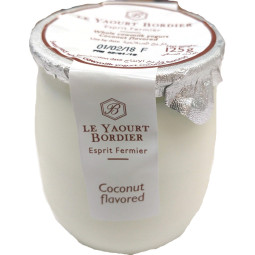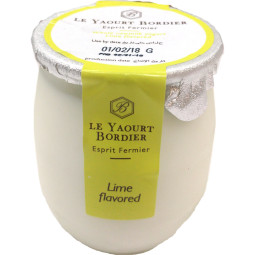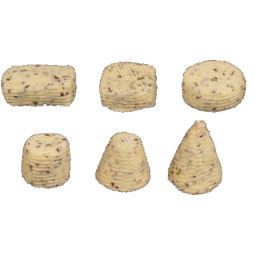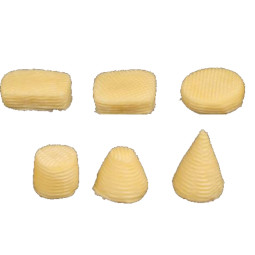Bordier Butter Yuzu - Round Shape 柚子牛油粒 (圓形)
weight20 gr x 30 pc perLogin to see the price
cff-hk@classicfinefoods.com

"Collect the milk"
"Without cows, nothing would be possible"
The milk collected for the manufacture of Bordier butter comes from organic farms, located in the Breton and Norman regions. In summer, each farm pays particular attention to the outing of its cows, the grazing. In winter, they are fed with excellent fodder from ventilated dryers which preserve the quality of the alfalfa.
"Remix"
Jean-Yves Bordier thus selects a high quality churned butter made in Brittany, from milk from organic farms, located in the Breton and Norman regions. This butter is left to rest for 24 hours before Jean-Yves Bordier's workshop takes it in hand for the remixing stage.
Remixing is a technique that dates back to the end of the 19th century. It was used to assemble and rework butters of different origins. Almost disappeared in 1975, Jean-Yves Bordier wanted to perpetuate and refine this know-how in his first creamery, rue de l'Orme in Saint-Malo, to give butter its true sensuality.
The butter is worked by a man, the kneader, who is one unit with the wooden tool*, the kneader too, whose okoumé plate and auger turn slowly in synchrony. This remixing in the open air develops the taste of the butter by oxidation, and softens the texture.
This butter is salted during remixing with a very fine salt, as fine as the salt obtained in the past by boiling sea water in the region of Saint-Malo, according to the tradition of water boilers.
Remixing and salting brings the water out of the butter. By "weeping", the butter develops incredible taste qualities, depth, complexity of aromas and a silky, tender, magical texture.
Only human sensitivity can determine whether the butter is sufficiently remixed.
The remixing time differs according to the quality of the butter, the temperature, the weather, the feed of the cows (fodder in winter, fresh grass and flowers in summer) and the seasons: around 25 minutes in winter against only 15 minutes l 'summer. Only in traditional manufacturing, there is a seasonality of techniques. "Butter is nature's blotter", summarizes Jean-Yves Bordier.
*in stainless steel for unsalted butter and flavored butters.
"Shaping"
Then, it is shaped by hand using two pallets, hence the expression “tapping the butter”, a technique probably created in the 17th century.
This requires great dexterity and watchmaking regularity from our tappers and tappers. The gesture respects the material, it's very soft. The texture is respected.
The butter is thus shaped into wafers, or mini butters for great chefs. They each choose the shape, weight, recipe, salt level they can
__________________________________________________________________

There are 51 products.
Login to see the price
.png)
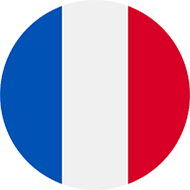
Login to see the price
.png)

Login to see the price
.png)

Login to see the price
.png)

Login to see the price
.png)

Login to see the price
.png)

Login to see the price
.png)

Login to see the price
.png)

Login to see the price
.png)

Login to see the price
.png)

Login to see the price
.png)

Login to see the price
.png)

Login to see the price
.png)

Login to see the price
.png)






